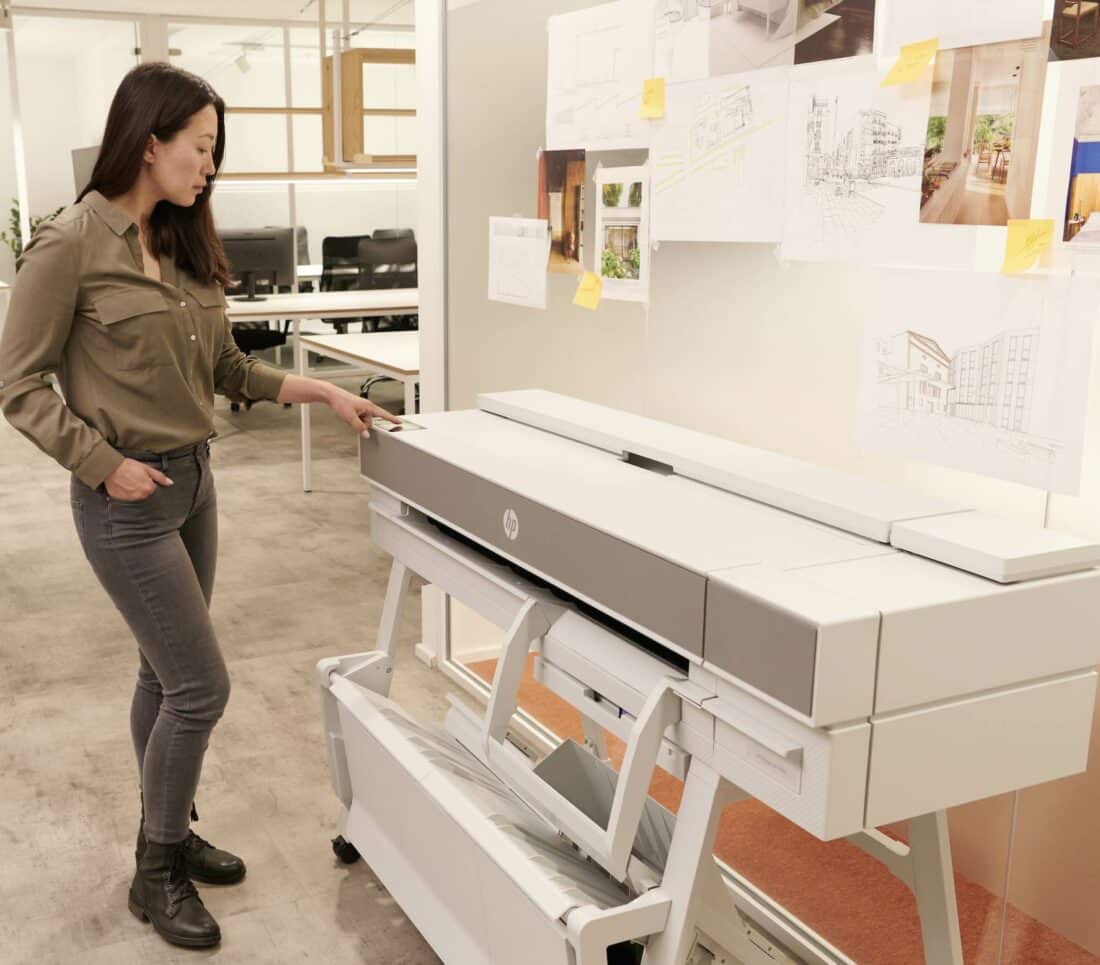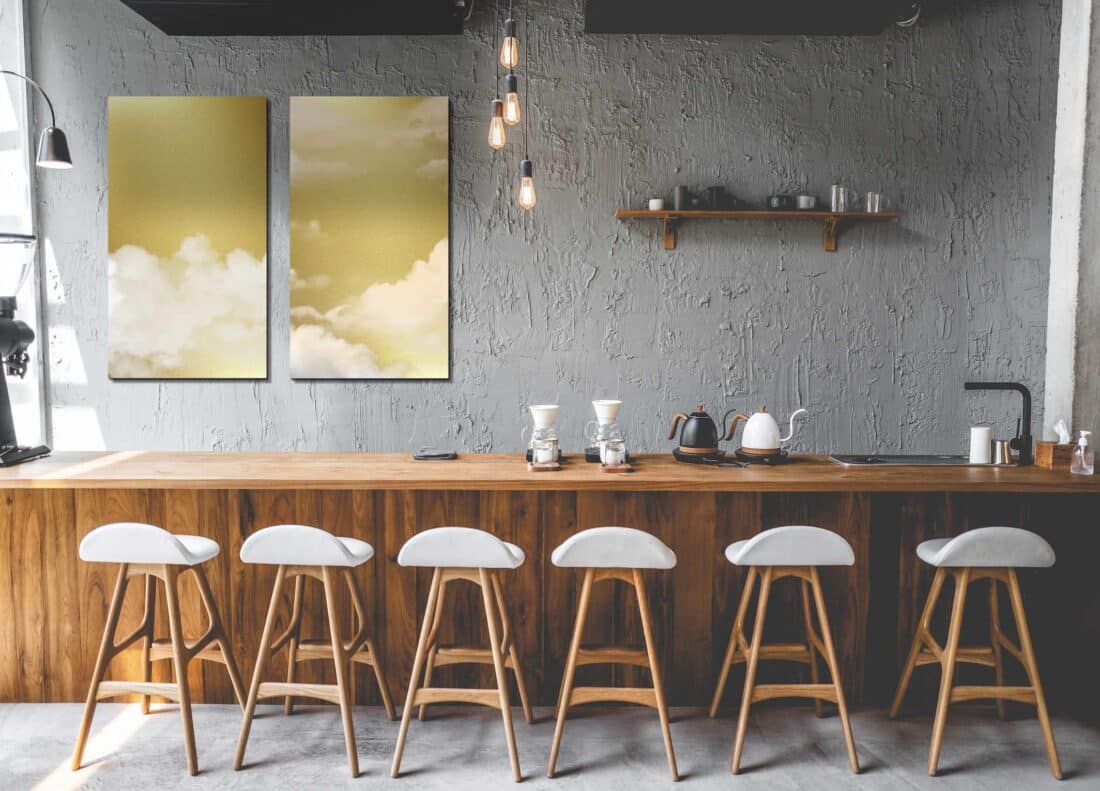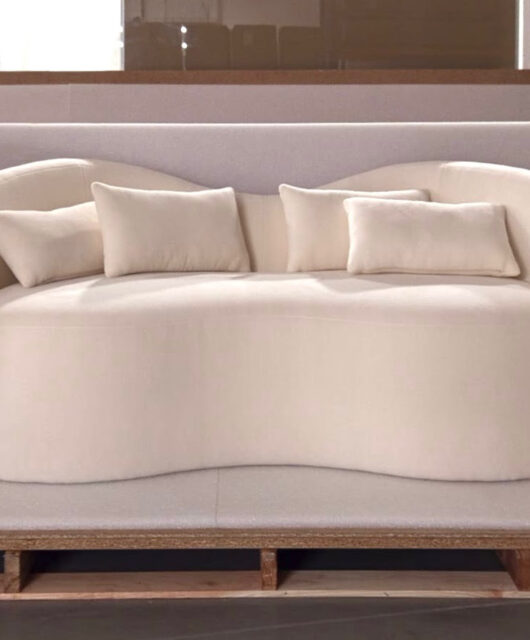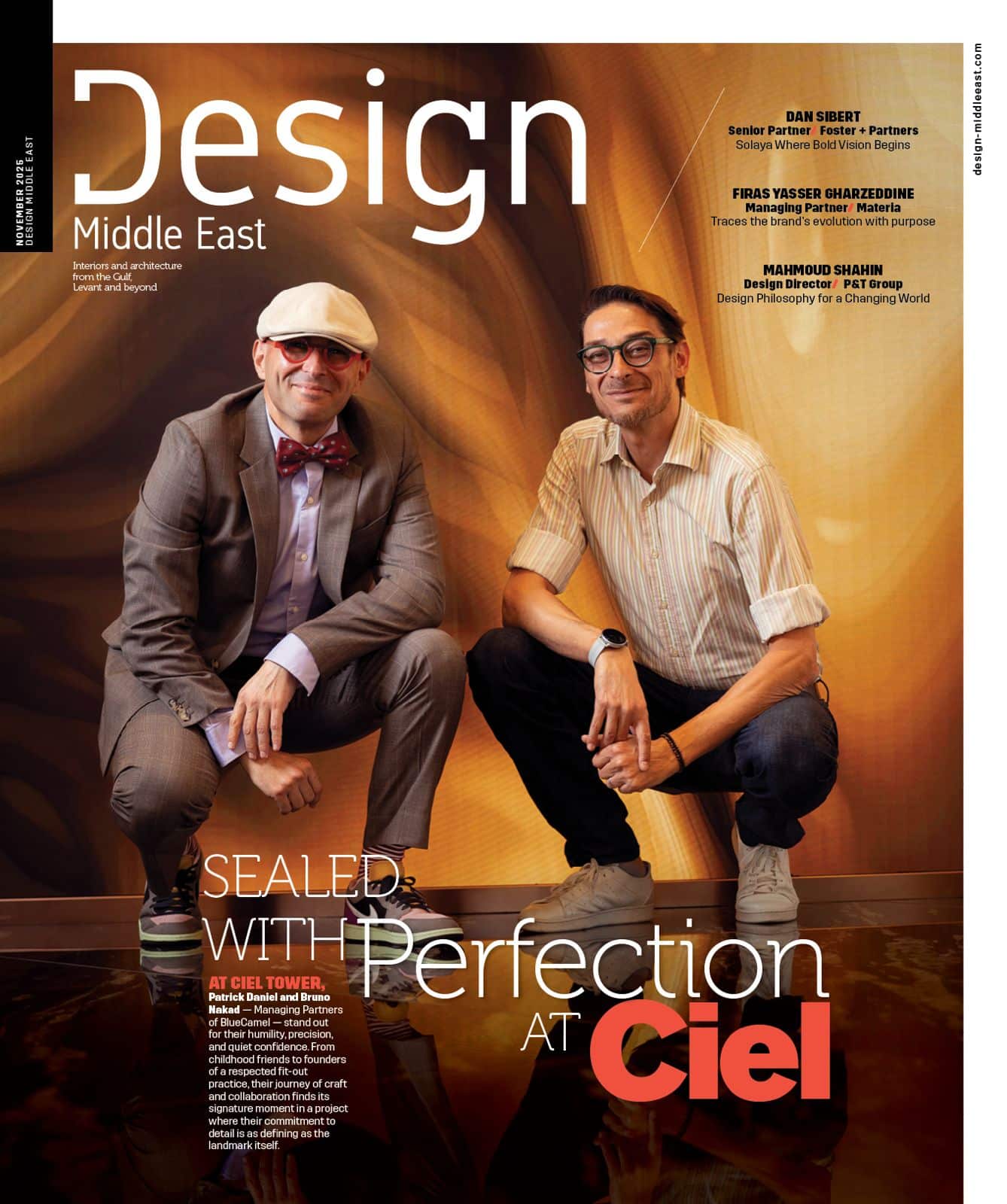 Ernest Azzam, HP Large Format Printing Lead, Middle East and Africa, talks about how HP Latex printing technology is bringing new opportunities for design and decoration, the challenge of raising awareness, and future plans.
Ernest Azzam, HP Large Format Printing Lead, Middle East and Africa, talks about how HP Latex printing technology is bringing new opportunities for design and decoration, the challenge of raising awareness, and future plans.
By Roma Arora
With over 25 years of experience in the pre-press and graphics segment, how have you seen the industry evolve?
In the past 25 years, the industry changed a lot. The major development in this industry is the shift to digital printing. This did not impact only commercial printing like books and magazines but also in decoration applications. This shift was accelerated in recent years due to different reasons. For commercial printing, economic and environmental reasons drove the change to print only on demand and not stock large volumes of printed material. While in the decoration segment, the possibilities to get more creative and provide personalized designs is the driver of the shift.
How are HP’s large size latex printers revolutionising the field of design and architecture?
HP Latex printing technology is opening new design and decoration possibilities by enabling creators to personalize their ideas to the customer needs. With easy-to-use white ink printing capabilities, both on rigid (like wood, metal, etc) as well as flexible (like wallpaper, synthetic leather, etc) substrates, this technology is enabling new high-quality applications.
The new Designjet T950 printers are unquestionably simplifying the process, allowing interior design innovation from design to execution. Could you walk us through the steps briefly?
For interior designers and architects, printing the designs in A3 and A1/Ao formats for presentation purposes is complicated as they use 2 different devices for these prints. Normally an A3 Laser printer is used for A3 sizes and a Large Format printer is used for A1/A0 prints. The HP Designjet T950 simplifies the process by printing both A3 and A1/A0 prints on the same device, using a single workflow. The printer automatically sends the A3 size prints to the A3 tray on the T950 and prints the A1/A0 using the roll. It also has separate outputs for A3 and for A1/A0 to simplify collection. This makes the process much faster and simpler and avoids mistakes and waste.

With HP Latex printers, printing with white ink is becoming easy to use, reduces waste versus other technologies and provides the whitest white in the market. What this means for interior design and decoration is, when printing on non-white material, like wood or gold base wallpaper, laying a white ink base before printing the colours, will make the image or design look much more realistic and colourful.
In your opinion, what are print’s main challenges today?
In interior decoration and architecture, the main challenge today is awareness. A lot of designers and creators are still not familiar with the potential of printing in their field. The breadth of applications using Latex printing technology is very vast and diverse allowing limitless possibilities. This allows them to be more creative and to develop bespoke designs for their customers.
What all can we print and what is the quality?
The list substrates that can be printed on using HP Latex technology is very diverse. With excellent print quality giving a luxury output on flexible material like wallcoverings, Wall decals, canvases, fine art, window blinds, curtains and almost any rigid substrate like wood, plexi, aluminium, etc.

What kind of feedback do you get from the design community in the region about your unique printers?
Customers using HP Latex technology to print decoration applications have been very successful in growing their business and growing their customer satisfaction. They can provide tailored solutions and amazing designs for their customers linking different design elements with the same theme, colours and quality. All with a very fast turnaround time. The major feedback also is that the water-based HP Latex ink is the perfect solution for decoration applications as the prints have no emissions or smells, keeping also with indoor safety standards. This makes it easy to use indoors and with very fast turnaround times.
How do you promote your products?
We connect with our customers in different ways. We try to participate in industry trade-shows and events, but we also connect with them one-on-one to showcase the possibilities that the HP Latex Printing Technology presents.
What are your future ambitions, and will you be exploring any new technologies or markets?
At HP we always innovate and create products that allow new applications and unleash the creativity of designers, and we will continue to do so.








